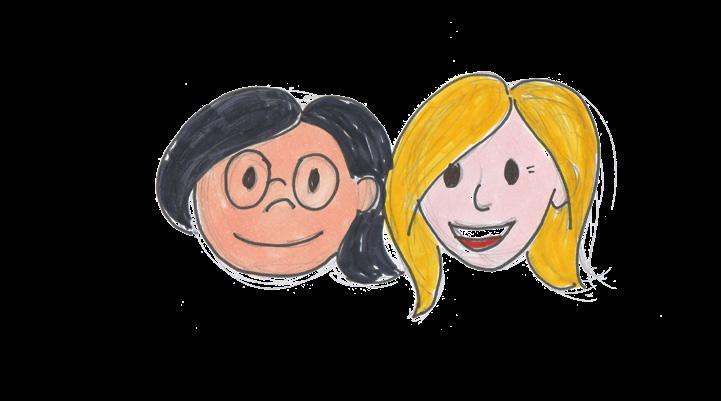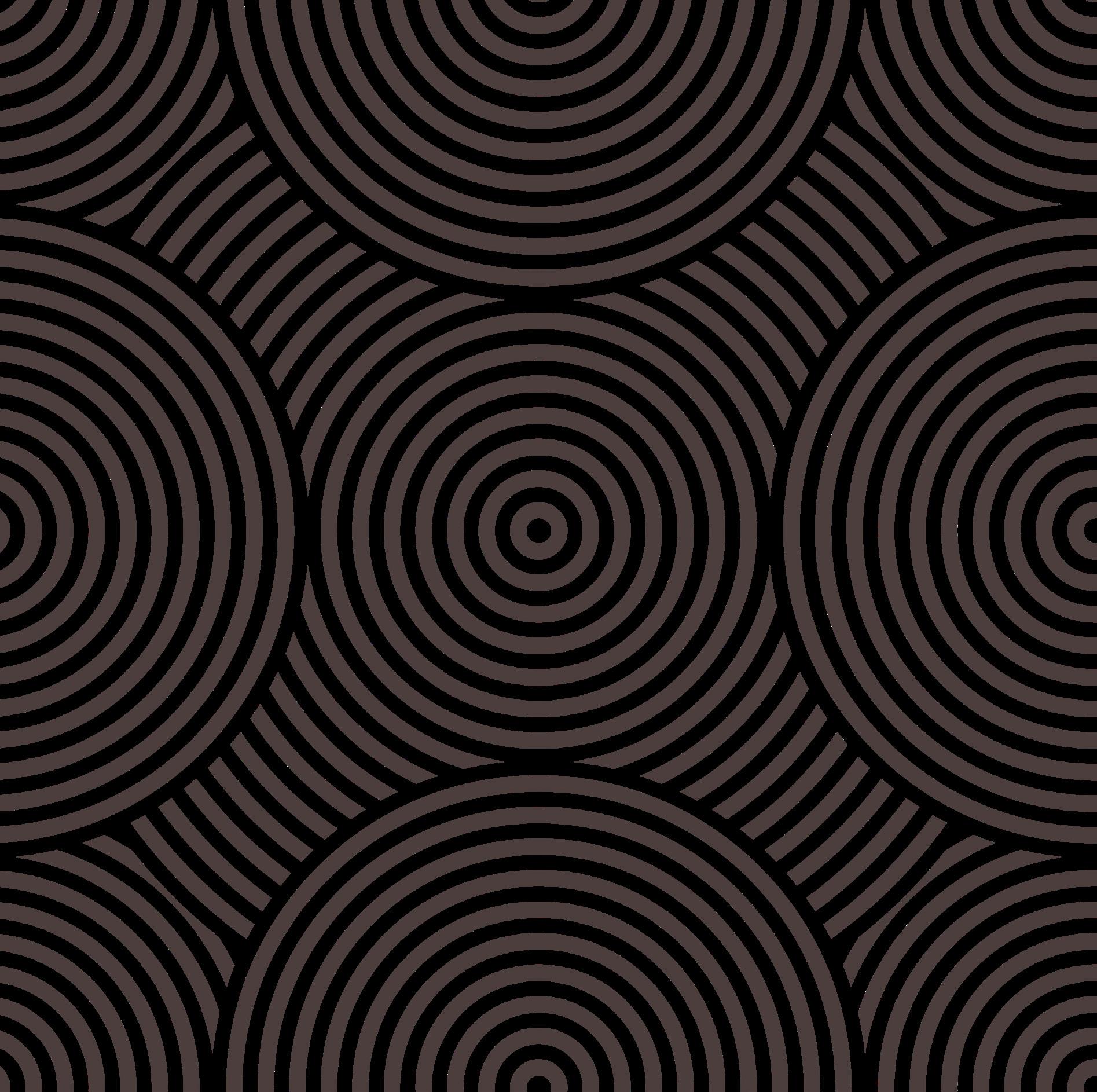
8 minute read
Nepali, Newar wedding rituals Megha Vaidya
Surrounded by photo albums and inspired by much new information, Ellen and I listened to the beautiful story of Megha Vaidya, a Nepali Newar woman. In our lovely gathering we heard everything about Newar wedding rituals in Nepal. Newar girls marry three times. The first time they marry to a fruit, the second time to the sun and the third time, yes of course, to a person. These marriages have nothing to do with child marriages, but are highly spiritual sacred rituals that are centuries old. Are you ready for another beautiful story? Here we go!
In the country with the world’s highest mountains, where more than 125 ethnic groups live together and 123 languages are spoken, the Newar is an ethnic group that follows the Hindu or Buddhism religion. However, they share a common language known as ‘Nepal Bhasa’ and have a beautiful writing system, Ranjana Lipi as a standard Nepali calligraphic script. When you visit Newar families, you are absolutely sure there will be some kind of celebration. Newars are famous for year-round festivals and cuisines where gods and goddesses are being worshipped and/or historical events are depicted.
Advertisement
Marriage to the bael fruit Among the traditions for Newar girls, the first ceremonial wedding ritual is Ihi/Ehee/Bael Bibaha. In this ceremony the girl is married to the bael fruit (wood apple), which is a symbol of god Vishnu, to ensure the girl becomes and remains fertile. The ritual marks a certain period in the girl’s life. It is conducted on the basis of the lunar calendar and can only be organized at specific times and dates of the year. When Megha thinks back to those days, she remembers her five-year-old self together with her nine-year-old sister and a lot of other girls.
The girls are dressed in very colorful clothes and the whole ceremony takes two days. In the ceremony the girls are married to a golden statue of Vishnu and the bael fruit is the witness. They say that the shape of the fruit resembles the man you will marry. Megha: “My sister wanted to exchange her bael fruit with mine, because mine had fewer wrinkles than hers! But according to the tradition we are not allowed to swop our fruits.” After the group ceremony, on the second day, the girls attend a more family-based ritual at home. Before entering their home, the eldest female member conducts some rituals at the entrance of the house. At home, the girls sit down in a room and go through the remaining rituals to complete the ceremony. The rice and fruits served from a brass bowl is a holy ritual as well. And of course, they receive presents from their parents and relatives.
Marriage to the Sun At the age of seven Megha was spiritually married to God Sun. This ritual is mostly held in wintertime, is highly spiritual and protects the girls from bad people and bad omens. This ritual is known as Bahra Teygu/
Gufa rakhne (Gufa translates to den in English). The girls must attend this ritual before their first period or when they have their first period, depending on their community. It takes place in their house where the girls reside for twelve days in a room without any sun. During these days the girls are not focused on the outside world and don’t eat any salt for five days and are also not allowed to clean their dishes themselves. “Instead of rice, dahl and curry which basically contain salt, my mom prepared plain rice and added hot melted chaku (similar to jaggery) in the rice and fried potatoes with sugar instead of salt”, Megha tells us.
But it is also a time when the girls play a lot, dress in different sari, and play with stones found at the riverbank. Different activities bring the girls together. Mirrors and electronic devices are not allowed in the room. If a mirror is present it is either removed or covered by a piece of cloth.
One of the female family members creates a figure representing a Bahra khya (a spirit) out of cotton that is worshipped during those days. It is crucial that before the girls eat anything, they have to first offer some food to the god. Doing so, they are protected by spirits from accidents and bad things. This whole ritual is mainly a female gathering. Boys are not allowed to enter the room, only when they are very young and haven’t gone through Bratabanda, a ritual for boys.
After the sixth day, relatives visit the girls. And one of these days a lovely girl visited Megha and looked very happy to see her. She brought her the sweets she loved the most. Until now she doesn’t know who the girl was. Being kept in a room without sun and no male contact symbolizes the purification of the girl before her marriage to the sun on the twelfth day.
After twelve days the girls take a bath and are dressed in a traditional wedding dress, red sari, and golden jewelry. They are then taken outside on the rooftop mostly with their heads still covered with a shawl or veil and sit opposite of the priest. It is a sacred ritual where the priest, like in Ihi or Wedding, performs rituals. The gods and goddesses are worshipped as well as the ancestors who are there to witness and bless the girls. With the priest’s permission, the girls can unveil their face. But no, they are not allowed to look directly at the God Sun but bring their hands together and peep through a small hole. The ceremony ends with a celebration and a traditional party. Megha: “After completing the ceremony, I knew this is it. Now I am entering a new stage in my life.” Of course, we can write about the third marriage ritual as well, when Megha married her husband. But not now. We thought, this is a beautiful and very unknown marriage ritual to share with you.
Did you like this authentic wedding ritual and do you have a special one you would like to share with us, please do! We are thrilled and look forward to hearing from you. You can send an email to info@lindetenbroek. nl and share why this ritual means a lot to you. We would love to meet you!
Text: Linde ten Broek Drawings: Ellen Schoumacher

In this column Yes, I do! Linde ten Broek, wedding officiant, poet and storyteller, www.soulstories.nl and Ellen Schoumacher, wedding officiant and visual storyteller, @ellentekent, share stories about international wedding rituals.
Falafel Masters

Vegetable feast! This is not only the truth about this place, but also the name of one of their
Hella’s Home
Such a colorful store, just being here will make you happy. A slightly different and surprising home and gift store, with beautiful home accessories, furniture, lighting, funny gadgets, toys, baby shower gifts, cards and more…
Edisonstraat 26 www.hellashome.nl

dishes. This Arabic and 100% vegetarian, almost completely vegan, restaurant is the absolute best when it comes to falafel in Eindhoven. But don’t rule out all the soups, salads, stews, sides and dips, all filled with veggies. Delicious tea is served in traditional pots and the service is friendly. It is like you’re on a Middle Eastern holiday. All of this can be found at Woensel Westside stores.
Edisonstraat 131-133 T 040 842 3406 info@falafelmasters.com

Tattoosalon Joan
Do you want to get a tattoo done by Joan, stop by for free advice and information in the best neighborhood of Eindhoven! We work by appointment Tuesday through Saturday from 11:00 to 20:00. Call or e-mail to get more information:
KIP 040
Because we love pure and honest food, everything we serve is halal, freshly homemade and prepared with the best ingredients. Do you prefer to enjoy our delicious, healthy meal at home? Place an order to takeaway or have it delivered right to your doorstep.

Edisonstraat 4 www.kip040.nl
MDG Real Estate Agents & Art Gallery
MDG Real Estate Agents & Art Gallery For tenants, landlords, buyers and sellers, from lofts to exclusive villas. No waiting lists - just years of experience in real estate, an extensive network, a variety of extra services and an infectious smile. Oh, and… an art gallery.

A quirky, little shop selling unique handmade bags, wallets and other wannahaves. This is also the place to spot a great assortment of retrovintage interior accessories.
MOSE AND MORE

Edisonstraat 67 www.mdg-makelaars.nl find us on FB and Instagram
BE EFFECTIVE IN ANOTHER LANGUAGE

UNDERSTANDING THE DUTCH
Do you want to learn Dutch quickly and thoroughly?
Working and living abroad as an expat is exciting and challenging for you as a professional as well as for your family. Learning the Dutch language and getting to know the customs of the country will help you understand the Dutch and integrate smoothly.
Why Regina Coeli?
· Individual, tailor-made courses focused on your language goals · Tried and tested method based on scientific insights · The language trainers are all native speakers










